
Inhaltsverzeichnis
How to wear and combine our scarves and bandanas – tips & Tricks
Are you eagerly awaiting your paigh order and already wondering how to style your new clothes? Your beautiful wrap is being used, but is only being used as a picnic blanket because you don't know how best to wear or wrap it? Here you'll find answers, tips, and plenty of inspiration.
Styling bandanas and scarves
After a few general recommendations, I'd like to focus on the different wrapping techniques so you can develop a concrete idea of how to style and use your scarf or bandana. Let's get started! :)
Basic tips
If you like, then our Bandanas quasi smaller versions of our clothsThis means they can be used in similar ways. While a bandana primarily looks great on your head, a scarf offers significantly more styling and usage options. The most popular looks you can create with a scarf are a dress (halter neck or off-the-shoulder), a skirt, and a turban/headband (you can read more about how to achieve these looks in the "Scarves: Wrapping Techniques and Styles" section below).
Since the scarves and bandanas are patterned and rather eye-catching due to their colors, it's generally best to combine the fabrics with white, black, gray, or nude-colored garments. This keeps your bright scarf the focus of your outfit without overdoing it. Tops, pants, shoes, or accessories that pick up the color details of your scarf or bandana will also make your paigh garment shine and accentuate it.
Did you know that there are suitable Shorts and harem pants to our bandanas? For example, do you wear the Bandana “Green Mandala”, you could do it with the “Green Mandala” shorts Combine it with a black or white top. Add sandals or sneakers, and voilà, you've put together a pretty outfit!

Scarves: Wrapping techniques and styles
Now let's get down to business: the wrapping techniques. Written step-by-step instructions follow, which you'll hopefully find easy to follow. After each one, you'll also find a link to a video demonstrating each wrapping technique.
For the turban and headband, if you have longer hair, it's best to put it up in a high ponytail or bun before wrapping it. After tying your scarf, you can undo the braid and style it however you like (or leave it up!).
Turban:

- Gather your paigh scarf narrowly along the long side.
- Twist the cloth a few times to make it thinner.
- Hold the scarf at the ends and place it around the back of your head.
- Bring the ends forward and fold them over twice at the front of your forehead to create a knot.
- Bring the ends back and tie them together behind your head.
- Loosen the knot, your bangs, or some strands of hair until you like your turban.
To the video: paigh wrapping technique turban
Headband:

- Gather your paigh scarf narrowly along the long side.
- Twist the cloth a few times to make it thinner.
- Hold the scarf at the ends and place it around the back of your head.
- Bring the ends together at the back of your head and tie a knot.
- Place one end of the cloth forward and let the other end fall on your back.
- Now you can open your hair and style it.
To the video: paigh wrap technique hairband
Rock:

- Grab your paigh cloth by two corners and hold it behind you at hip height.
- Hold the ends together at the side and adjust the length of your skirt. If you want to create a shorter skirt, it might be a good idea to fold the shawl in half at the beginning.
- Once you are happy with the length of the skirt, grab the ends and pull them into “strings” by twisting them around themselves a few times and pulling them out.
- You can either tie the skirt on this side now, or you can bring the long ends to the other side and tie them there.
- Smooth the skirt at the waistband and leg slit.
To the video: paigh wrap technique skirt
Halter neck dress:

- Grab your paigh cloth by two corners and hold it behind you.
- Grab the ends and pull them into “cords” by twisting them around themselves a few times and pulling them out.
- Cross the ends twice to create a nice knot.
- Twist the ends until you have nice straps.
- Tie these together at the back of your neck.
To the video: paigh wrap-neck halter dress
Off-the-shoulder dress:

- Grab your paigh cloth by two corners and hold it behind you.
- Grab the ends and pull them into “cords” by twisting them around themselves a few times and pulling them out.
- Cross the ends twice to create a nice knot.
- Twist the ends together a few times.
- Wrap the ends of the cloth around the knot in front of your chest.
- Use your thumb to pull the end through the center of the knot.
To the video: paigh wrap-style off-the-shoulder dress
Cloths: What else you can do with them
In our opinion, your wrap looks best on your body. However, over time, we've discovered that the wraps can also be used for other purposes.
If you want to make your living space more comfortable, you can use the cloth z.B. (half or extended) to your wall. This brings warmth into the room and can also help reduce reverberation, for example.
A paigh cloth also works great as a canopy over your bed!
If your sheet matches the color of your couch, you can also use it as a protective cover by draping it over your couch (cats love the soft fabric of the sheet...).
Last but not least, a paigh shawl can also be used as a simple scarf or as a picnic blanket in the summer.:)
Do you have any other ideas for repurposing our paigh wrap? If so, please share them in the comments!
Bandanas: Wrapping techniques and uses
Bandanas can be tied in a similar way to headband- or turban-style scarves. The only difference is that bandanas are smaller. This leaves less fabric at the end; the ends are shorter, and the result is "thinner," making it feel lighter on your head.
If you have longer hair, feel free to experiment and see if you like your style better with your hair down or up. Both are possible!
Bandana – knot at the back (hairband version):

- Gather your paigh cloth narrowly at one side.
- Hold the scarf at the ends and place it over your ears and around the back of your head.
- Tie the ends together behind your head.
- Loosen the bun, your bangs, or some strands of hair until you like your look.
Bandana – knot at the front (wide turban version):

- Gather your paigh cloth narrowly at one side.
- Hold the scarf at the ends and place it at the front of your hairline so that the ends point towards the back of your head.
- Place the scarf over your ears and cross the ends at the back of your head once, then bring them back to the front.
- Tie a knot in the center of your forehead “on” the first layer of fabric to secure the fit of your bandana.
- Loosen your bangs or some strands of hair until you like your look.
Bandana – knot in front (Narrow turban variant):

- Gather your paigh cloth narrowly at one side.
- Hold the scarf at the ends and place it over your ears and around the back of your head.
- Bring the ends forward and tie a double knot.
- Pull the fabric of the bandana apart a little at the back of the head so that the scarf is wider there and thus allows for a firmer hold.
- Loosen your bangs or some strands of hair until you like your look.
If you don't want to wear your bandana as a traditional bandana, you can also use it as a collar (it looks super cute on dogs too, by the way) or attach it to your handbag as a colorful accessory for a unique look. This way, you'll always have a scarf with you and can use it in a variety of ways whenever you need it!
***
How you wear your paigh scarves or bandanas and what you pair them with is ultimately up to you. The main thing is that you feel comfortable!
We're always happy to see your outfit creations with our products. If you like, please link us on Instagram at @paigh or use the hashtag #paigh.


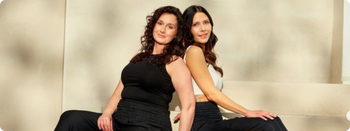

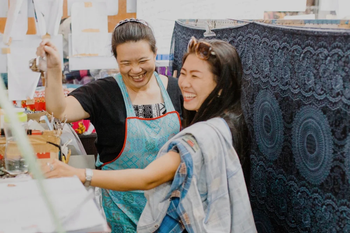
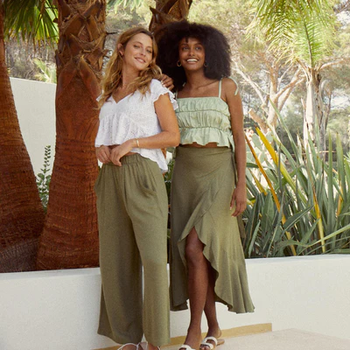
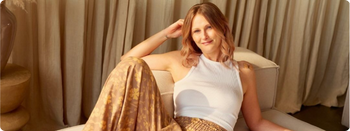
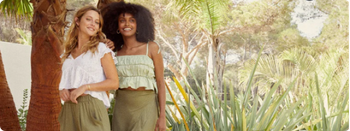

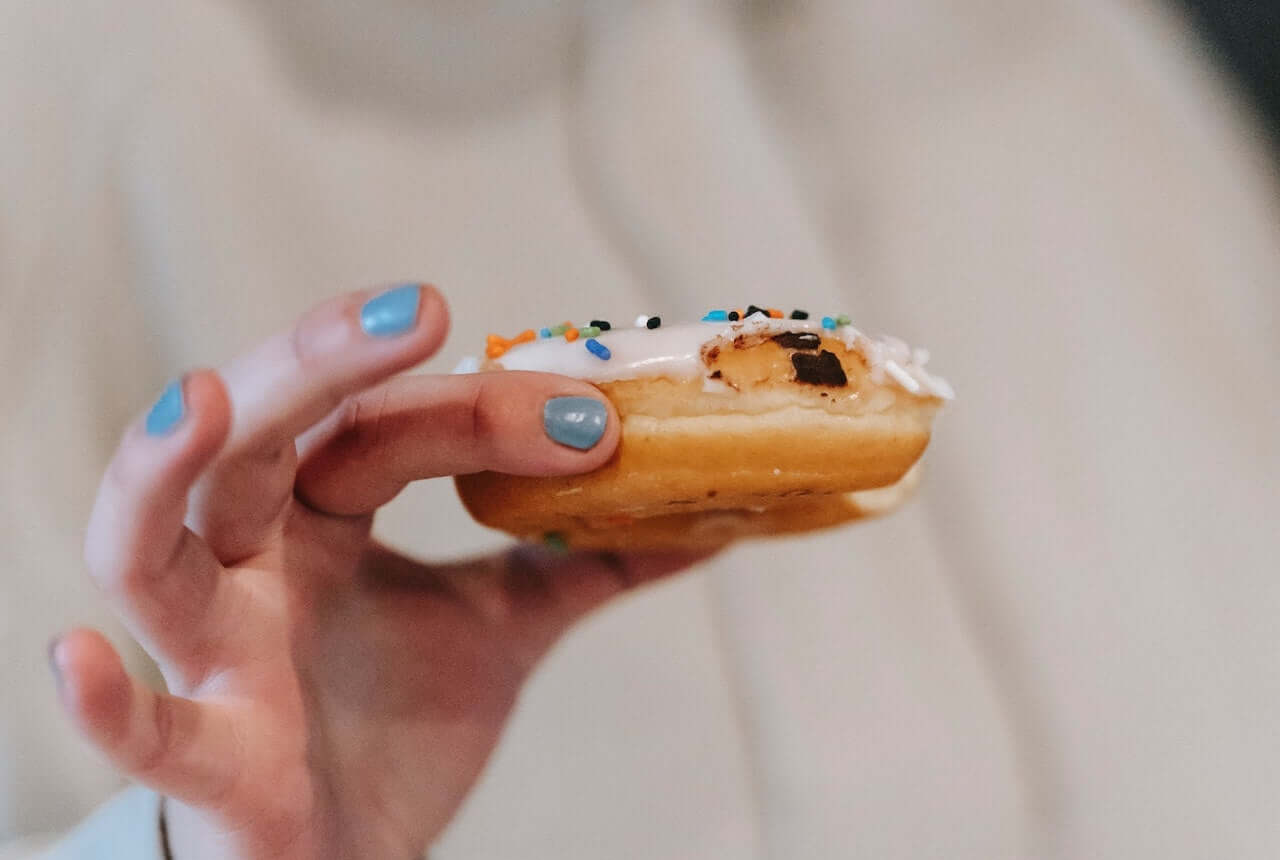
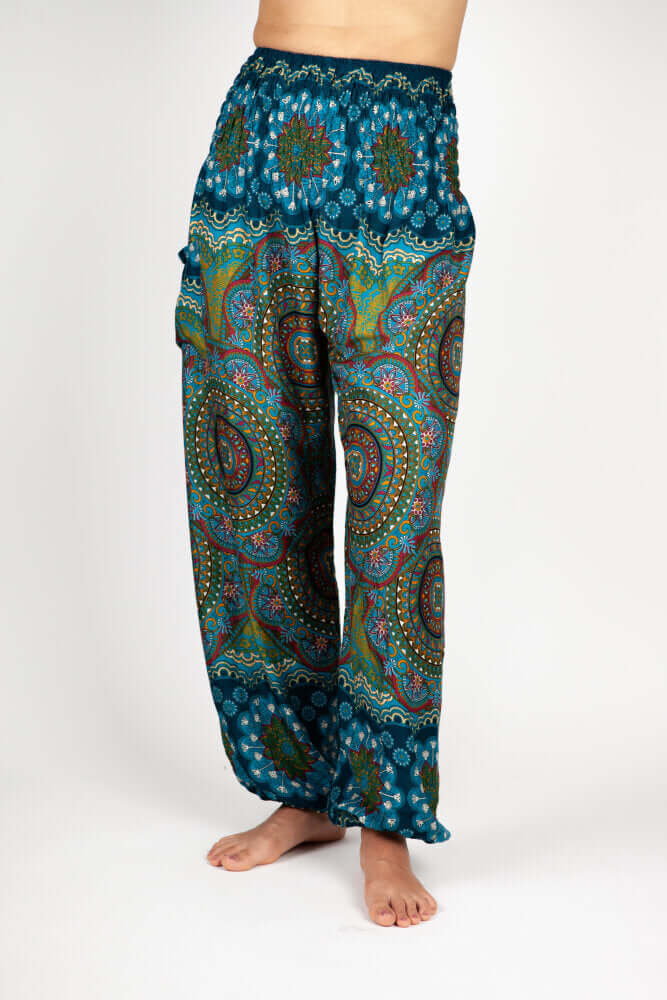
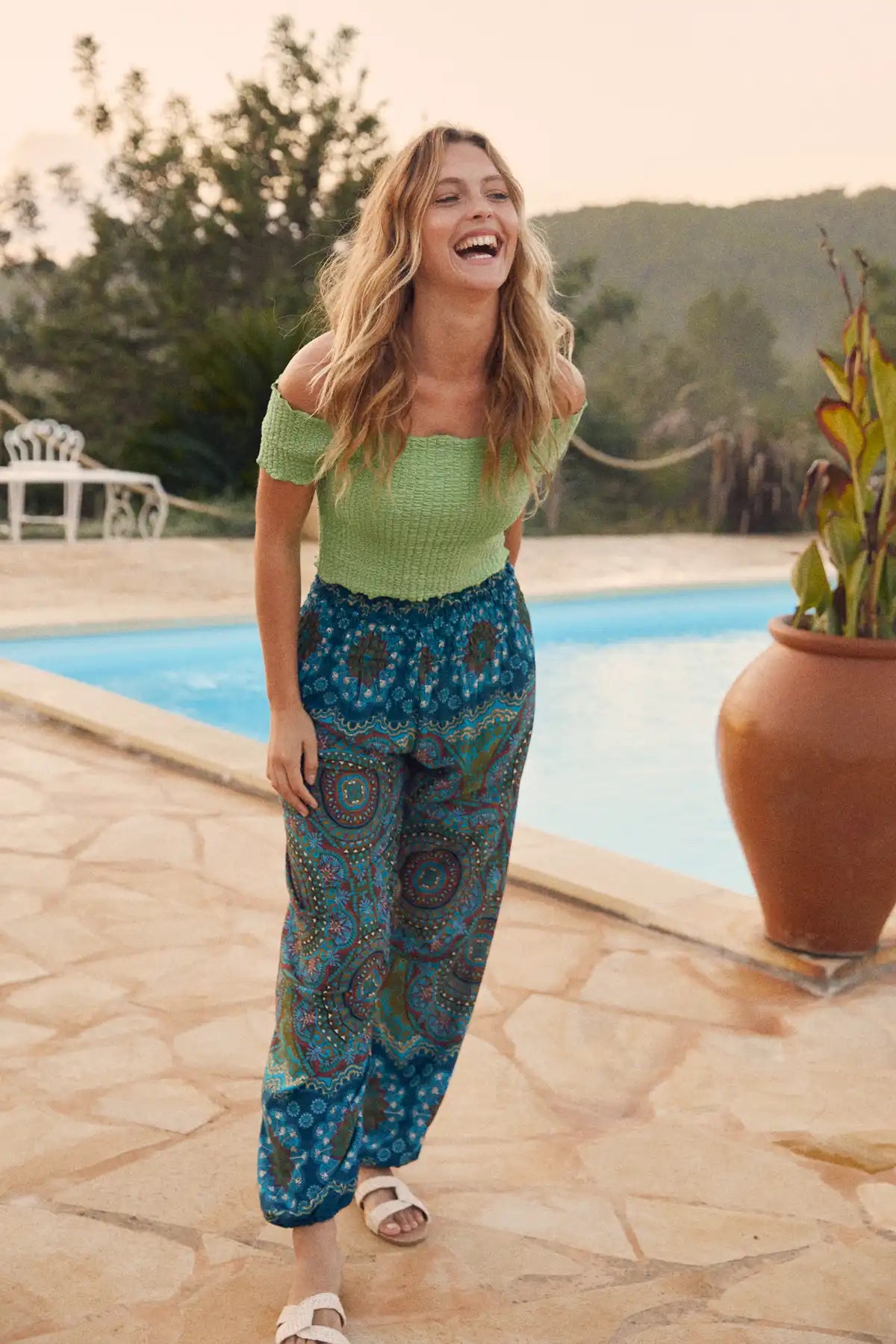
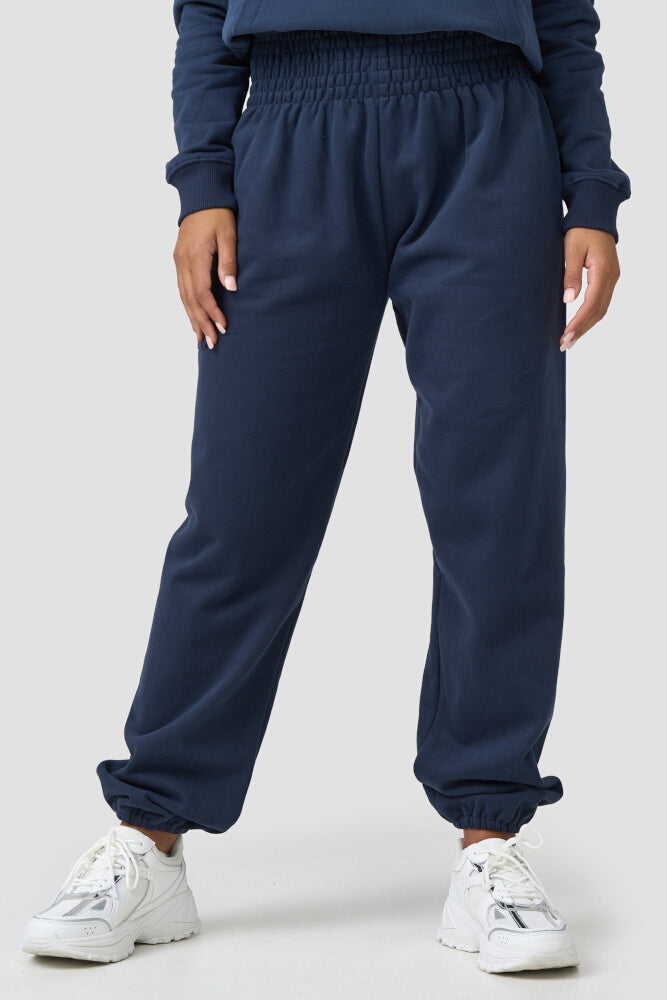
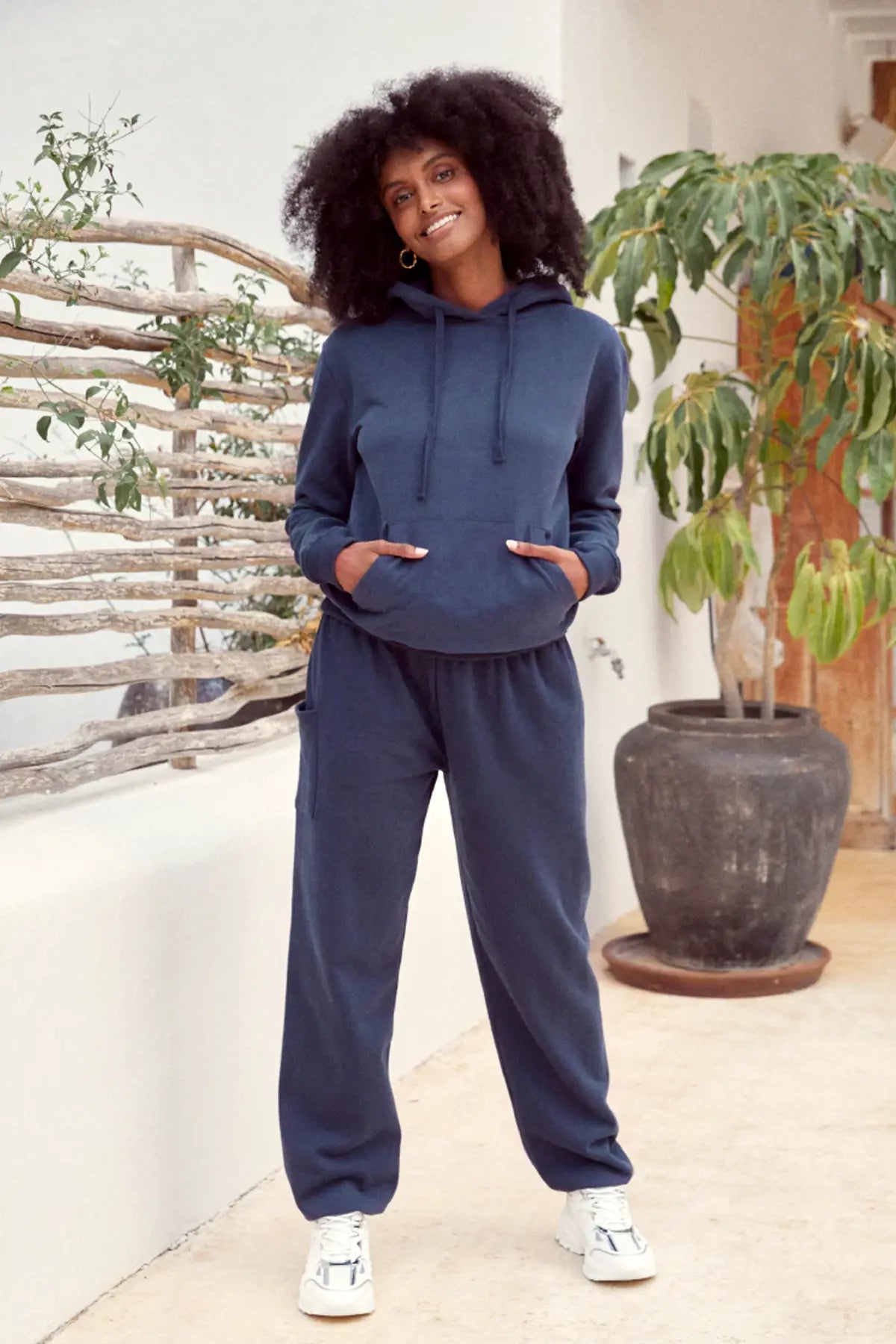
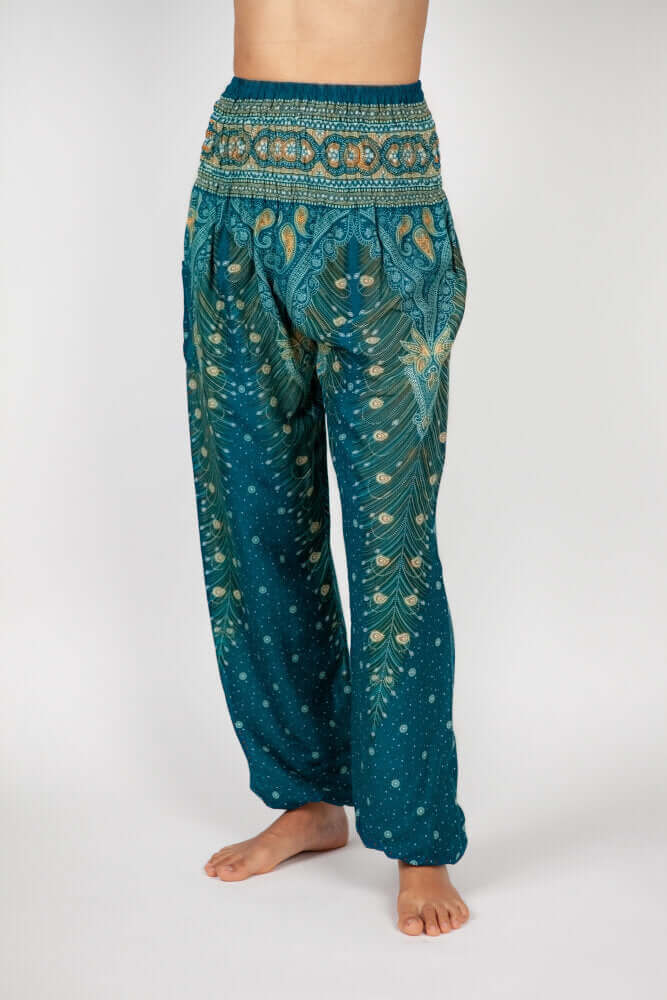
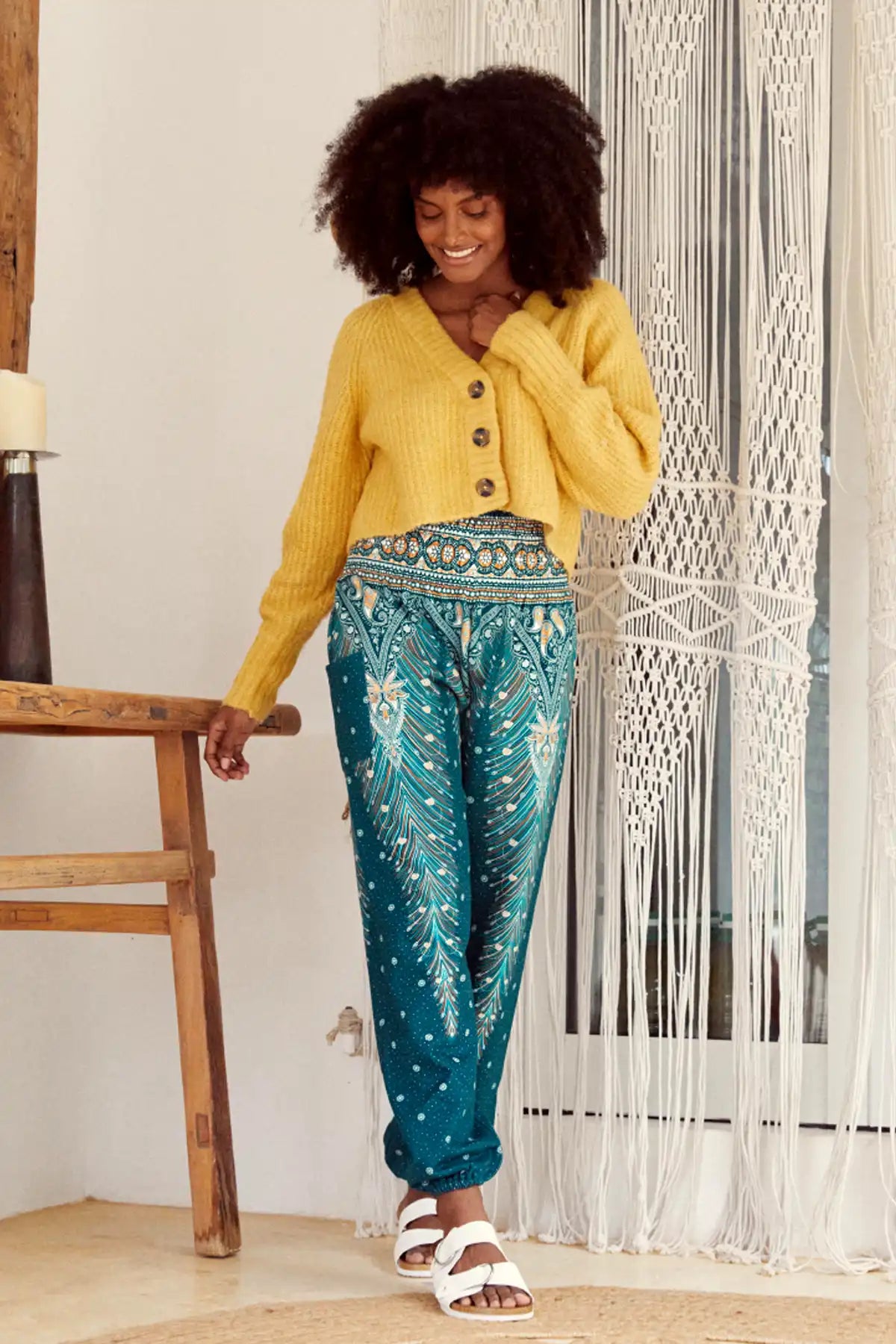
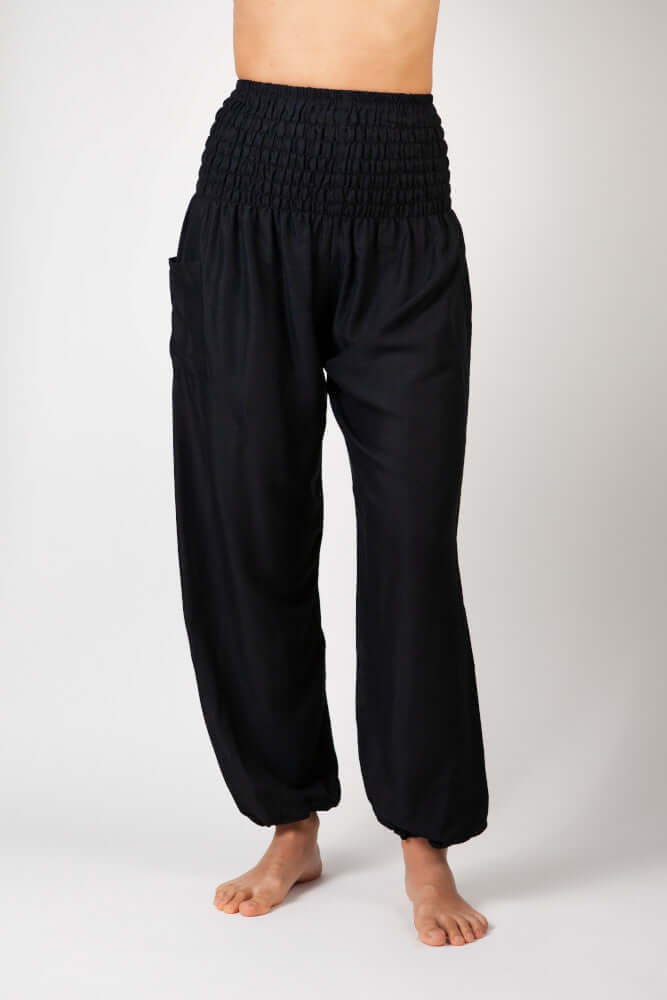
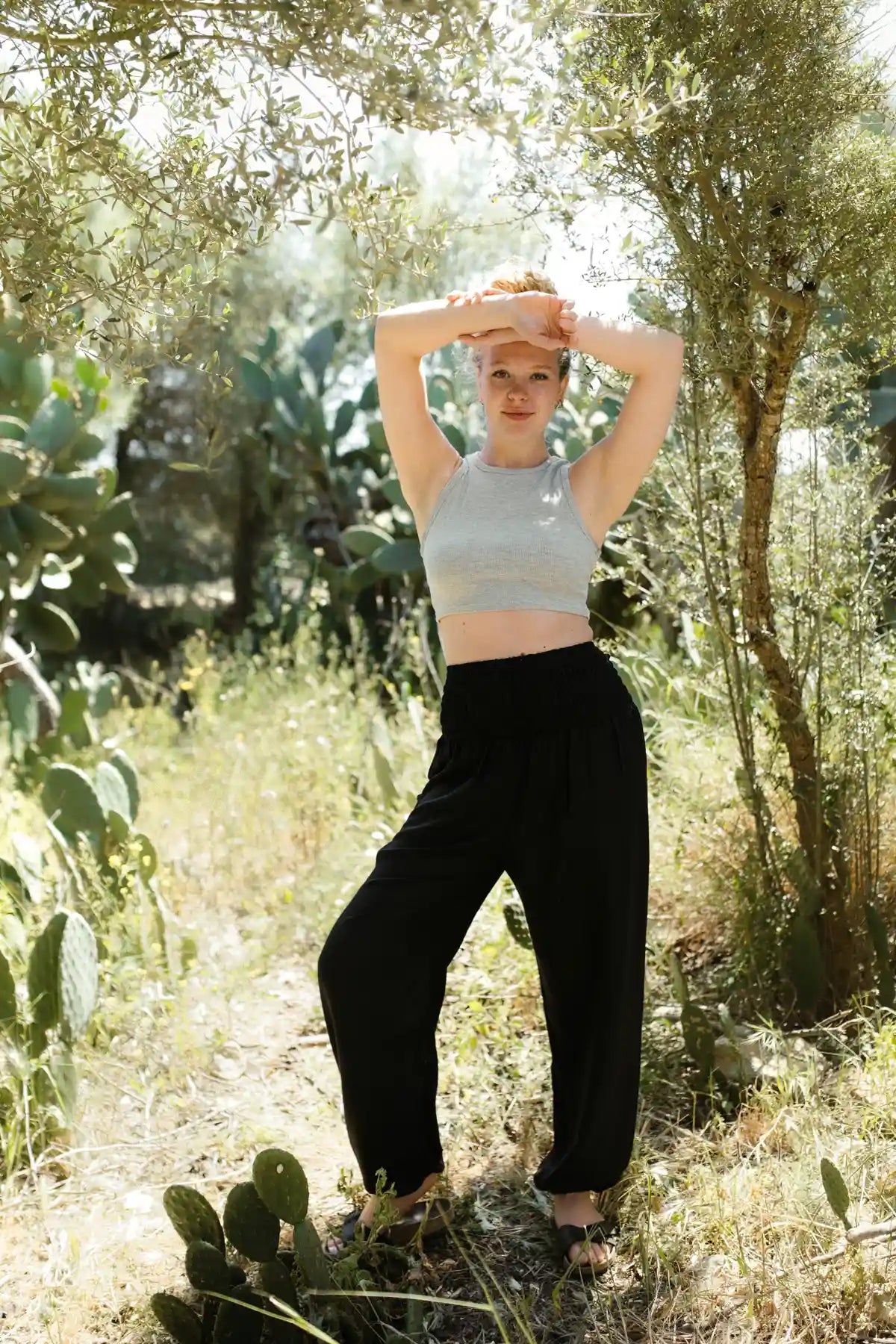
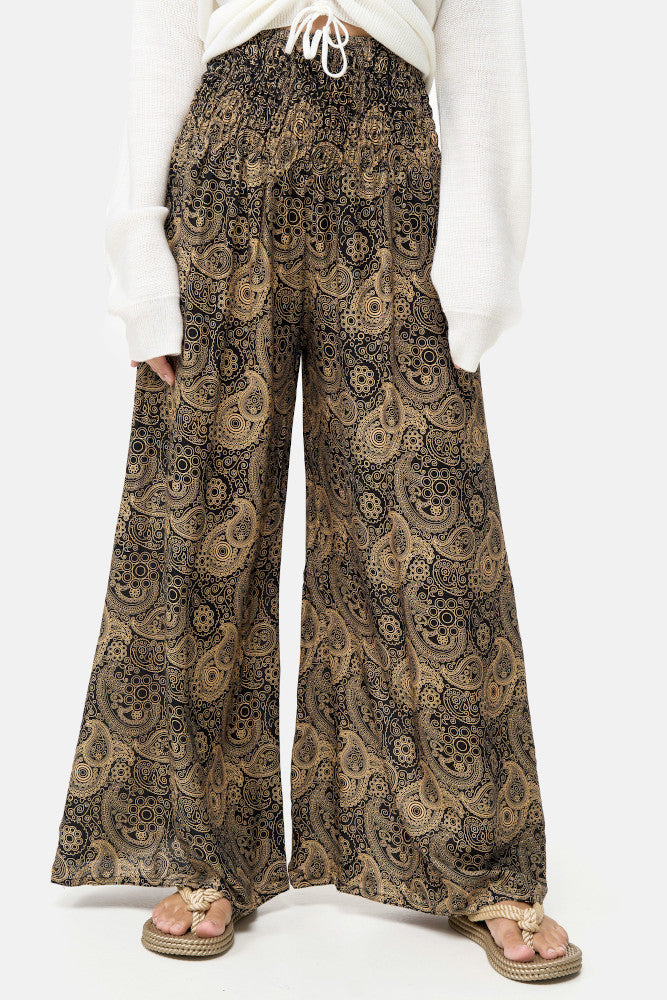
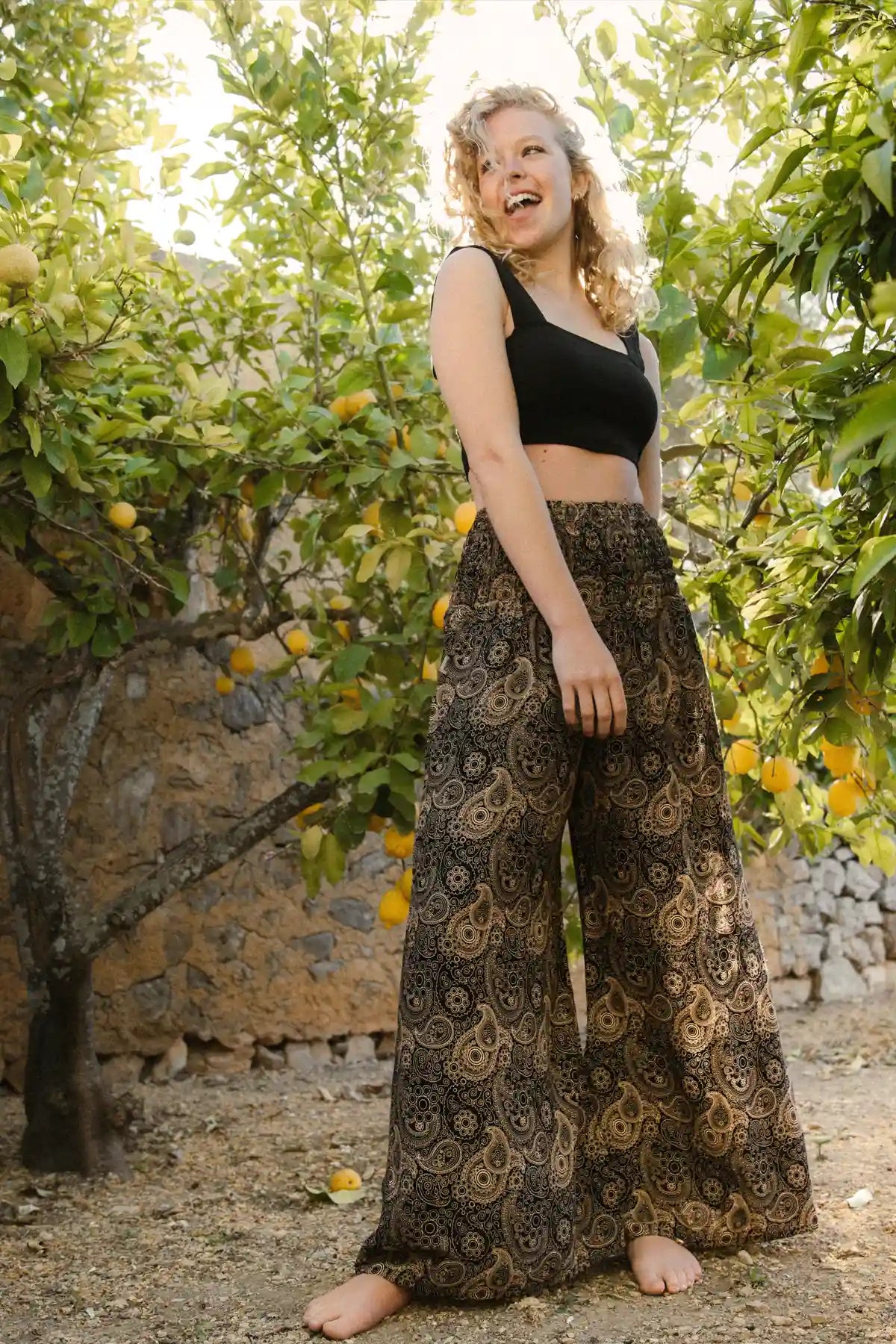
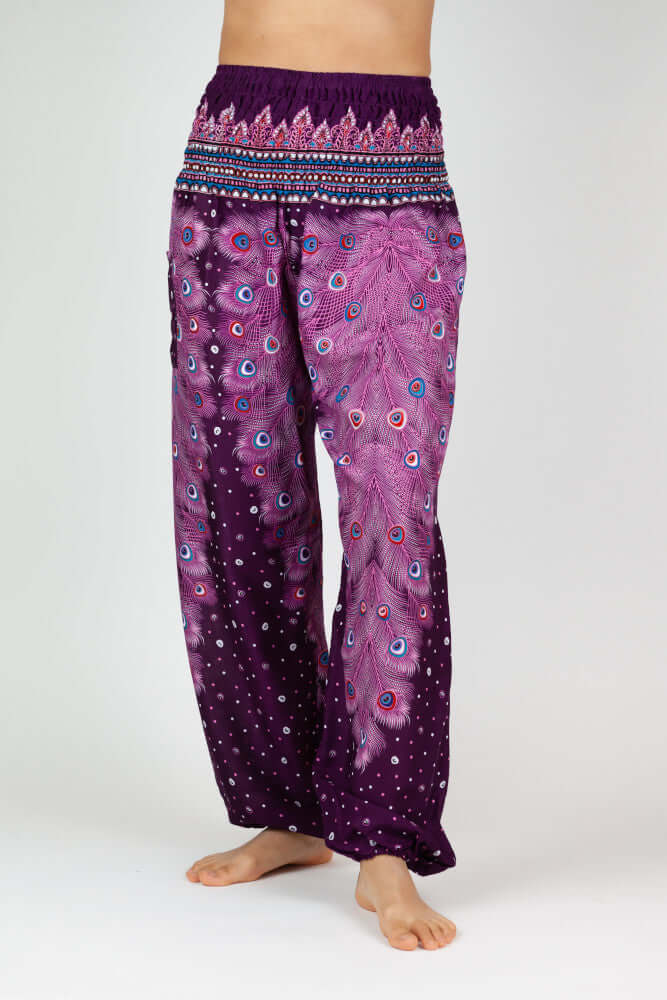

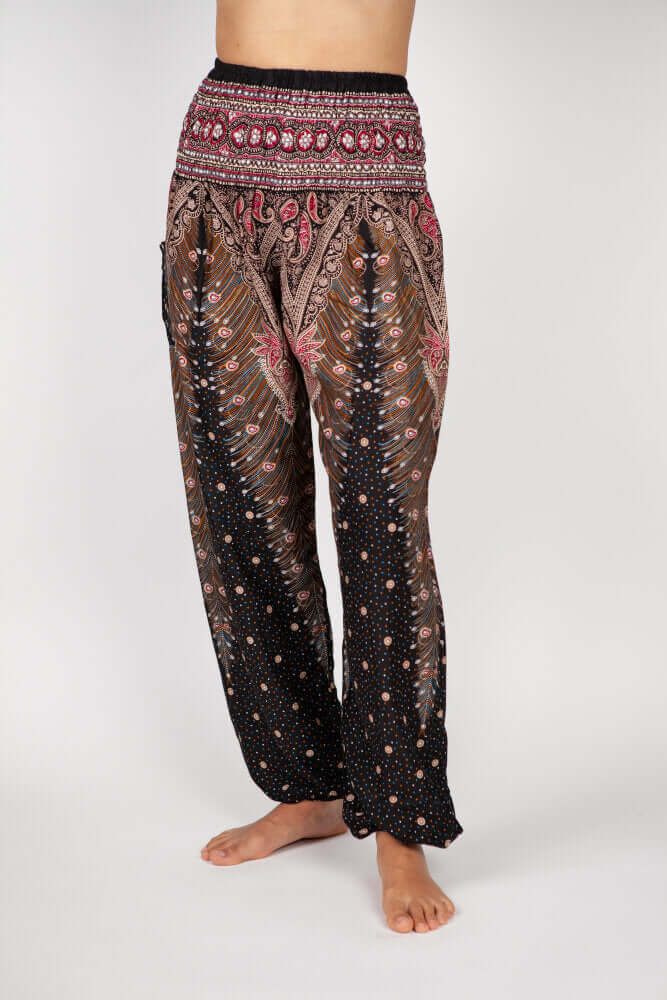
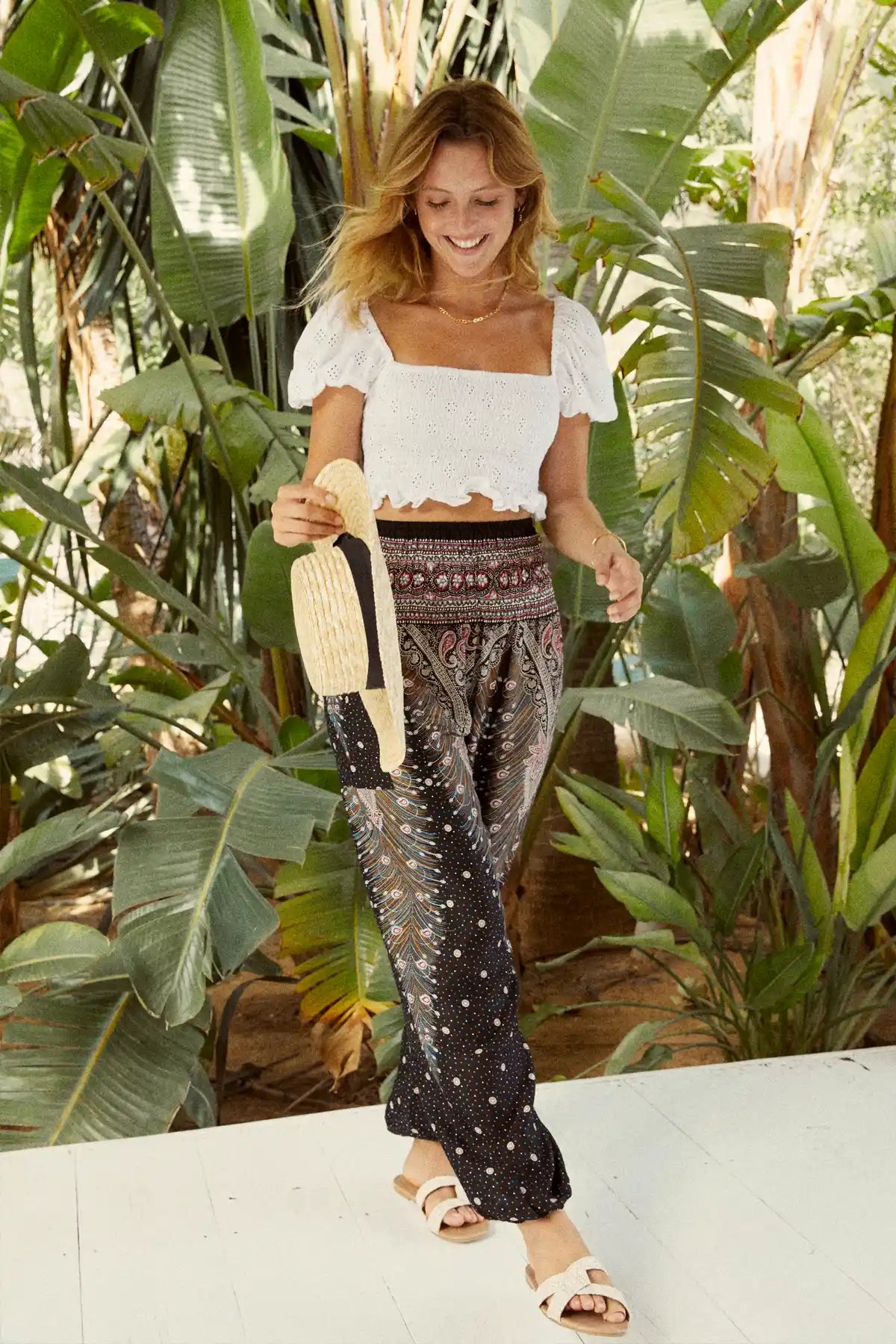
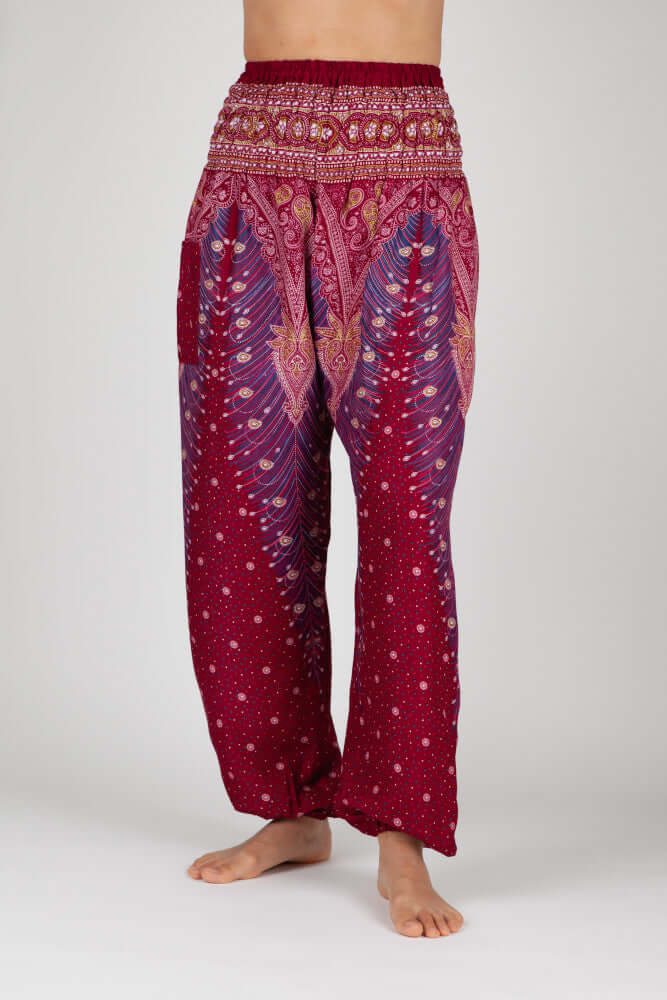
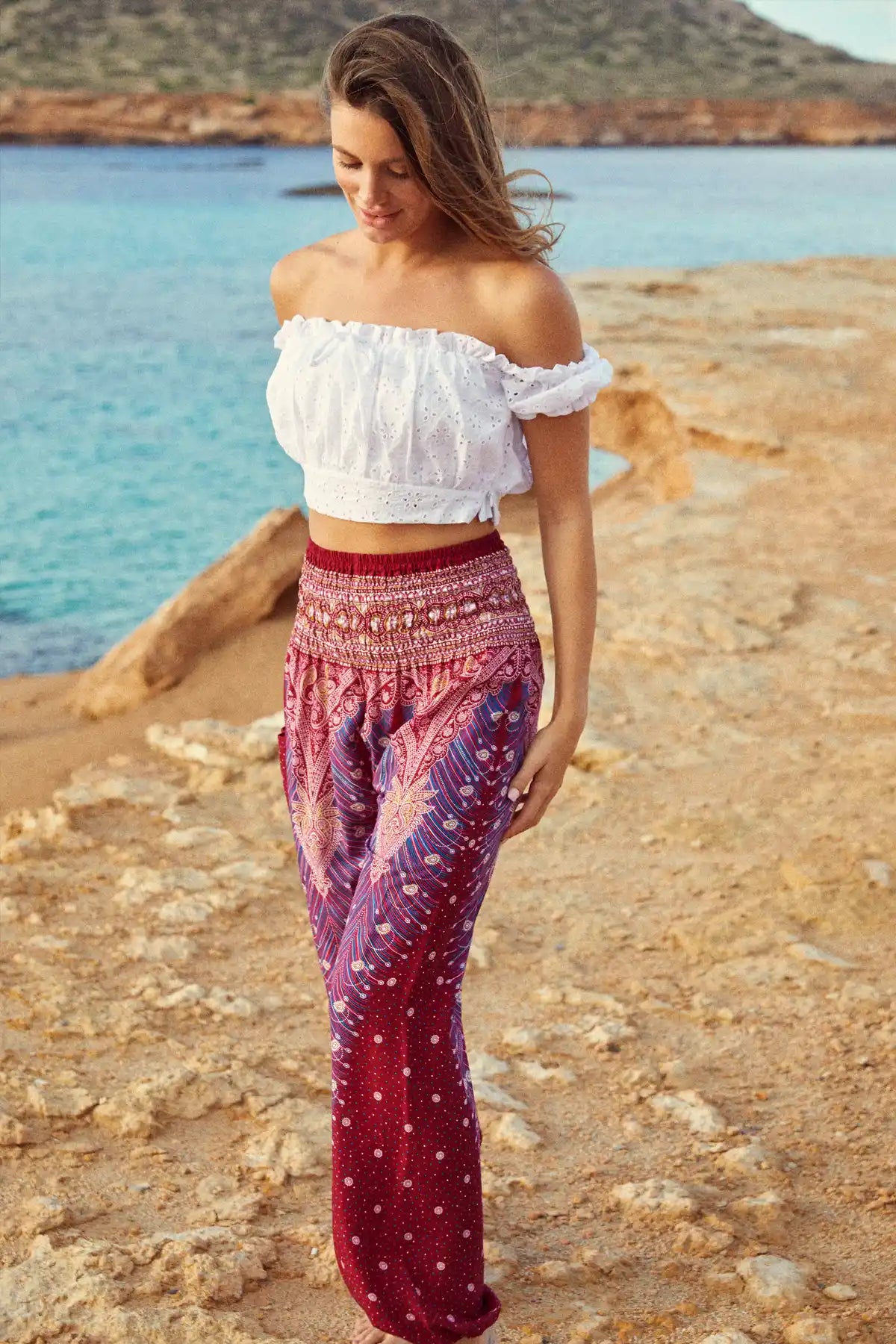
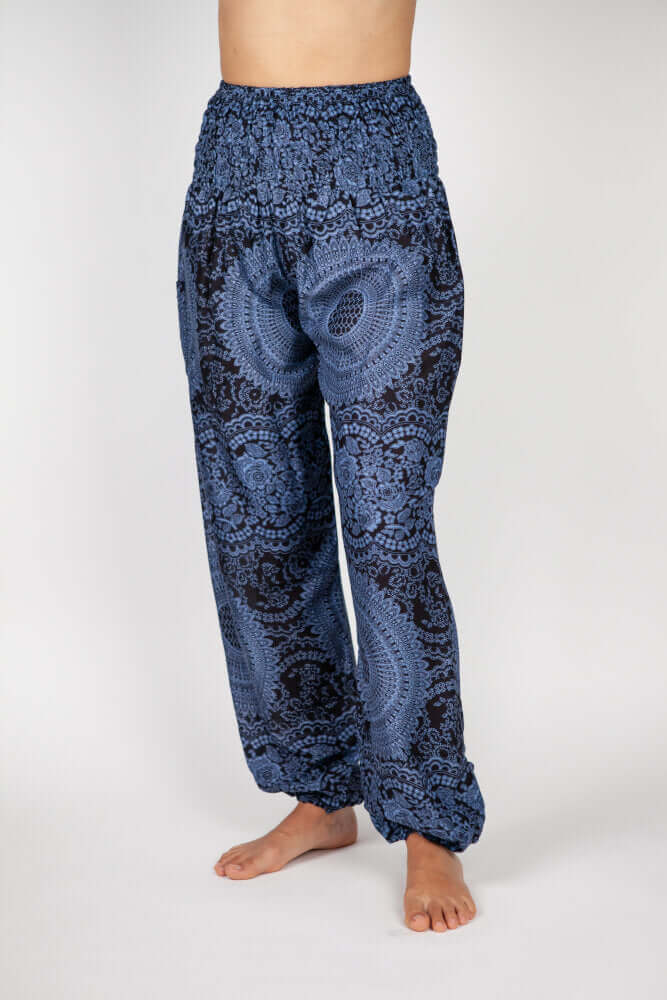
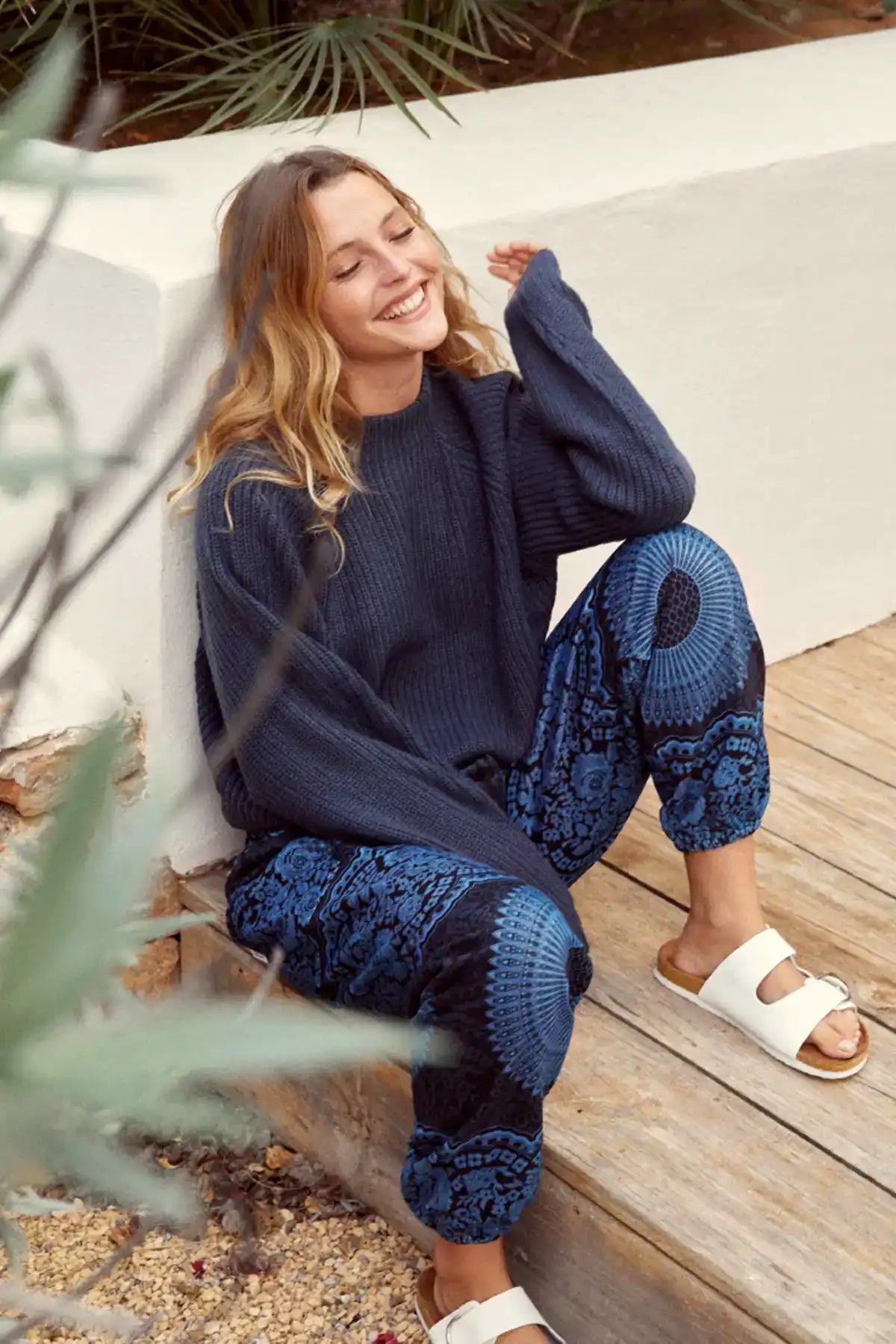
1 comment
Vielen Dank für die vielen Infos und Tipps zum tragen Bandana…:-), es sind ja auch wirklich wunderschöne Farben, die auch als Halstuch zu einfarbigen Oberteilen sehr gut passen, ich liebe die Produkte von paigh, man kann garnicht genug davon bekommen, habe mir kürzlich zwei warme Haremshosen zugelegt, nachdem mir jetzt die Sommerversion zu kalt geworden ist, einfach super!!!
Mechtilde
Leave a comment
This site is protected by hCaptcha and the hCaptcha Privacy Policy and Terms of Service apply.